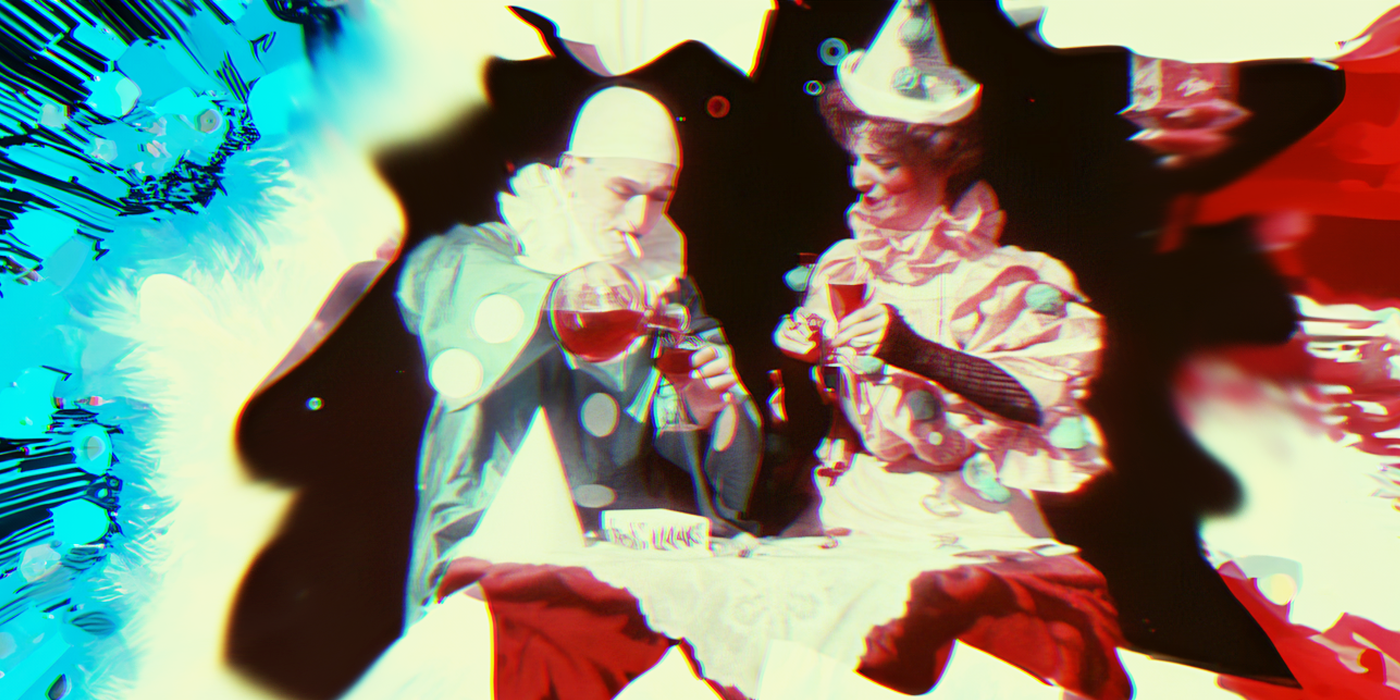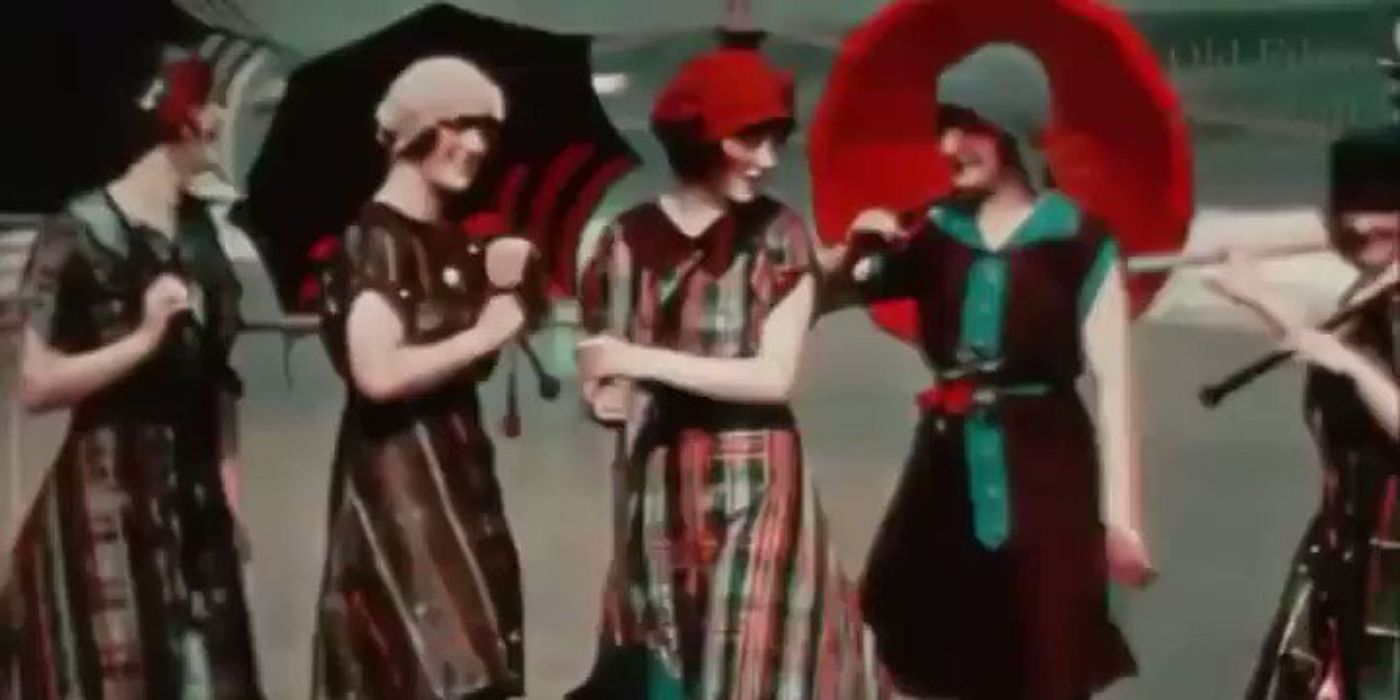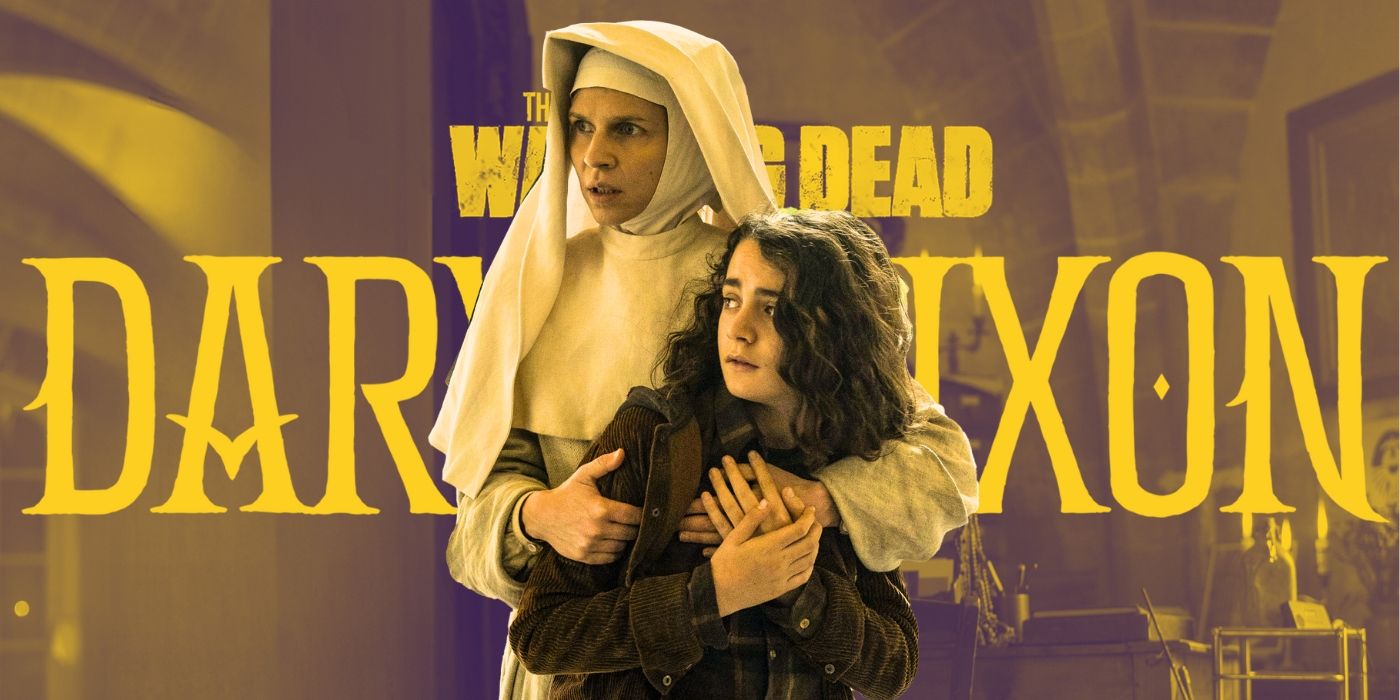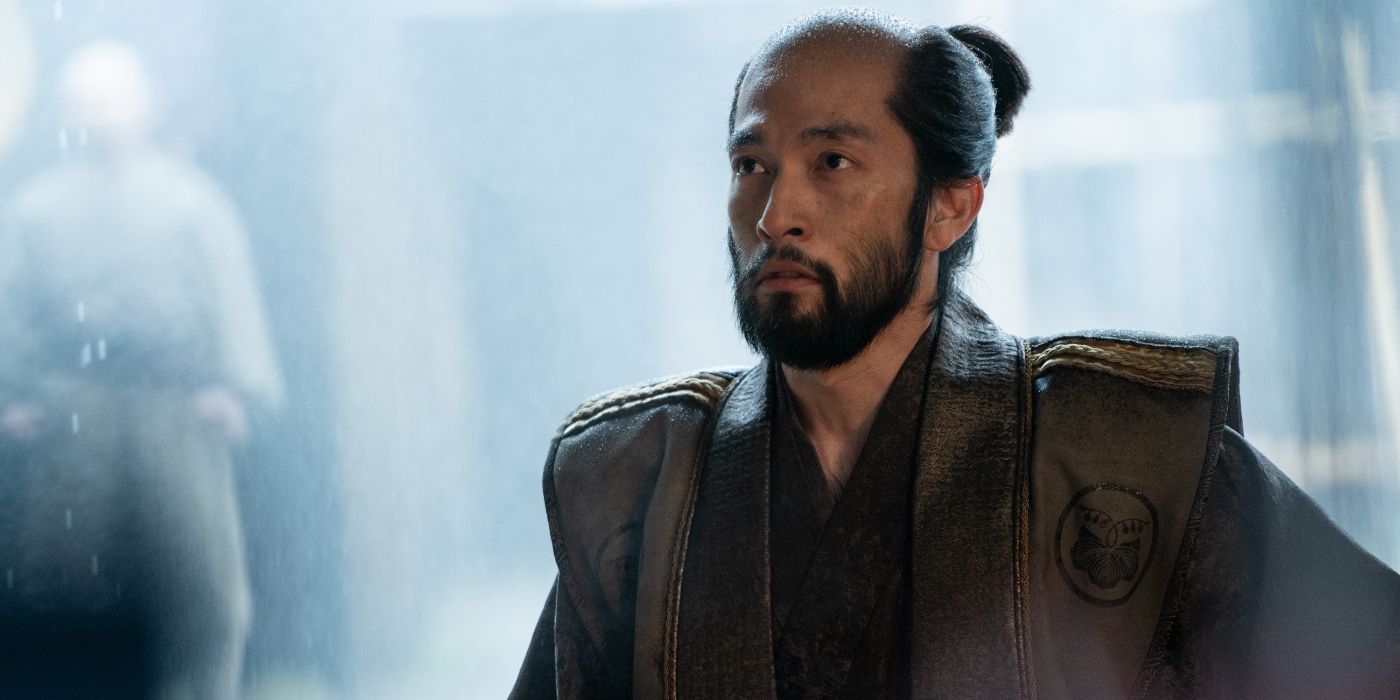The Big Picture
- Contrary to popular belief, The Wizard of Oz was not the first color film. It may be the most iconic, but it was not the first to use color in filmmaking.
- The first film to be filmed in natural color is A Visit to the Seaside, a short which used the Kinemacolor process with red and green alternating filters.
- The first full-length feature film in color is The World, The Flesh and the Devil, also using the Kinemacolor process. Unfortunately, this film is lost, like many early films from that era.
The use of color in film has a longer history than you would think. Early endeavors in making color films involved hand painting on the film, like rare prints of the iconic Trip to the Moon. It was still a long time until the well-known, inventive technicolor process took over and gave filmmakers an easier way to full-color filmmaking. Before this though, there were still color films. Determining the first depends on what parameters are set. There were many experiments with color in short films, one of the most known being A Visit to the Seaside which is credited as the first film filmed in natural color. However, this is only eight minutes in length. The first feature film in color is a different story.
‘The Wizard of Oz’ Is Iconic, but It Was Not the First Color Movie
Contrary to popular belief, The Wizard of Oz was not the first color film, not even close. It is an easy misconception to believe — the use of color is so sensational in the film. Everyone remembers the first time they saw Dorothy (Judy Garland) open the door to Oz. The sepia doorway reveals an explosion of color in the fantastical world of Oz. A little over 80 years since the film first went to cinemas, it is understandable how people would forget it was not the first film in color. But its use of color was so innovative that it has become perhaps the most iconic color film ever, even now.
The first film (short film, at least) to be credited with natural color is the aforementioned 1908 A Visit to the Seaside. This was achieved with the Kinemacolor process, which generally used red and green alternating filters. The result was some color, but early tests showed its restrictions. Using only red and green, other colors like blue were missing. In later processes, blue was added to the filters to achieve a rudimentary color effect. Still, this did not achieve the full-color spectrum. While this was a huge achievement at the time, it still has no comparison to the later Technicolor, which opened up the world of film to the full spectrum of color we are used to today.
What Was the First Color Movie Then?
After A Visit to the Seaside succeeded in color filmmaking, the first full-length feature film to be in color is credited to The World, The Flesh and the Devil in 1914. Using the same Kinemacolor process as A Visit to the Seaside, the film still doesn’t reach the highs of the technicolor era but still goes down in history as the first full-length feature in color. The World, The Flesh and the Devil is a 50-minute-long feature. This film is unfortunately a lost film, the tragic fate of many early movies like this. The plot centered around mistaken identity when a woman hatches a plan to switch a wealthy and poor family’s babies. Not much else can be said about the film further than the general plot synopsis.
Don’t fret, even if The World, The Flesh and The Devil is lost, the Kinemacolor process is still able to be seen. A Visit to the Seaside survives, and you can easily find clips of the short film on YouTube. The film itself shows the early process’ innovation and setbacks. Reds pop on ladies’ outfits and umbrellas, looking almost Technicolor in some scenes, but other colors do not have the same vibrancy. But as an early first look into what color film would become, it is fascinating.
‘The World, The Flesh and the Devil’ Is a Lost Film
As mentioned, the first full-length color film has been lost to time. In our age where almost everything is available at our fingertips, it seems such an odd thing to happen to film. But early cinema was different. There were no ways of watching a film at home, no copies that would go to customers mere months after showing in theaters. No, movies would show in theaters, and then they would be gone. Lucky ones, a lucky few, were saved by filmmakers, archivists, and film collectors’ private collections. However, a majority were sadly lost to time. A grim percentage of 75% of early silent films are lost, the Library of Congress estimates. That is an astonishing number of films, people’s art, that we will likely never get to see again.
While there is some hope that somewhere, someone out there has kept a print of an early film, most of them had the fate of being destroyed. Back in the silent film era, it had been assumed that after a film’s theatrical run, their usefulness would be void. Surely no one would want to watch them again, right? Of course, now we know that is not the case, but it was the popular belief at the time. Films would complete their run, and then be destroyed and recycled. It’s important to remember that all of these films were in physical canisters that had to be stored somewhere. This took up a lot of space and would be very costly in the long run. We have the luxury of digital files to store our films, but they didn’t. And even now, it seems we may be in another era of lost film and tv as Disney+ is the latest streaming service to purge content on their platform. This content exists nowhere else as of now, such as the Willow series.
The first full-length film to be in color is lost to time, potentially forever, but that does not lessen its impact on cinema. The World, The Flesh and The Devil will continue to live on in history as one of the firsts, even if we can’t watch it — a first step toward the full-color spectacle that cinema became as the medium evolved. The innovation of the Technicolor process brought us to whole new worlds in dazzling hues, but even that has changed as Technicolor faded away, opting for easier processes for color filmmaking, which has become the normal practice. We may not be able to watch The World, The Flesh and The Devil, but it earns respect for paving the way forward.





